Pollination
Pollination is the movement of pollen from one flower to another. Flowers and pollinators have very different goals when it comes to this process. Entomophilic (insect-pollinated) flowers need pollination to occur for the purpose of plant reproduction. Similar to humans, flowers possess both male and female reproductive parts. Pollen is produced by a flower’s male reproductive parts. It contains the genetic material needed to fertilize a flower’s female reproductive parts. If a flower’s female parts are fertilized, the plant will produce seeds that will ideally fall to the ground and begin the process of germinating into a new plant. Many plants need help in moving the pollen from one flower to another – that is where pollinators come in.
Animals that move pollen (in Wyoming, most of which are insects) aren’t selflessly volunteering to move pollen around for the plants’ benefit. They are hungry. Some pollinators, such as bees and wasps, collect pollen for food for their young. Other pollinators, such as butterflies, moths, hummingbirds, and including bees and wasps, drink the nectar that is contained deep within a flower, and accidentally come in contact with the nearby pollen. And even others, such as beetles, flies, and ants, don’t eat pollen or nectar but feed on petals or other pollinating insects that have landed on the flower, and accidentally pick up pollen in the process.
This co-dependency between flowers and pollinators is the fiber of the fabric of life. Both plants and pollinators benefit from pollination, and when successful pollination occurs, humans benefit as well. Honey is a direct by-product of pollination, as are coffee, chocolate, cherries, almonds, squash, tomatoes, perfume, beautiful vistas of flowering woodlands and prairies, and much, much more.
For more information on pollinators, visit xerces.org or wyomingbiodiversity.org.
On the plant description pages, you may find icons that point to bees, hummingbirds, and butterflies. These icons indicate that those organisms are known to pollinate (and hence, visit) that flower, so planting it may attract them to your yard!



Wyoming's Pollinators
The most important pollinator in Wyoming is not an animal at all - it is the wind! Most of the state is comprised of prairie; prairies are mostly comprised of grasses, and grasses are wind-pollinated. But, when it comes to showy flowers or vegetables we eat, we most certainly rely on the living, breathing pollinators of Wyoming. They include:
Bees
- Bumble
- Leafcutter
- Mason
- Sweat
- Other miscellaneous bees (diggers, squash, etc.)
- Honey (not native to the United States, but still important pollinators)
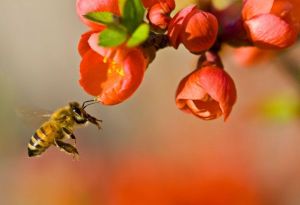
Wasps
- Pollen
- Paper
- Vespid
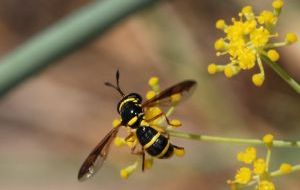
Butterflies
- Skipper
- Parnassian and Swallowtail
- Whites and Sulfur
- Gossamer-wing
- Metalmark
- Brush-footed
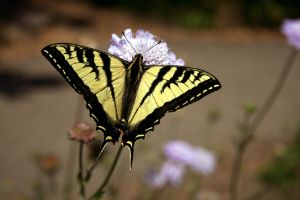
Moths
- Hooktip and False Owlet
- Sphix/Hawk/Hummingbird
- Prominents
- Owlet/Miller
- Erebid
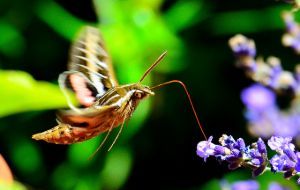
Flies
- Tachinid
- Syrphid
- Bee
- Potter
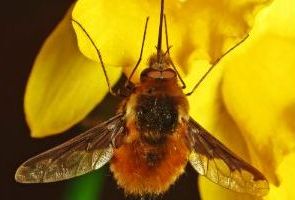
Hummingbirds
- Rufus
- Ruby-throated
- Broad-tailed
- Caliope
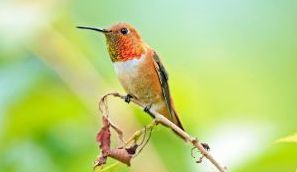
Beetles
- Long-horned
- Soldier
- Jewel
- Blister
- Checkered
- Tumbling Flower
- Soft-winged Flower
- Scarab
- Sap
- False Blister
- Rove
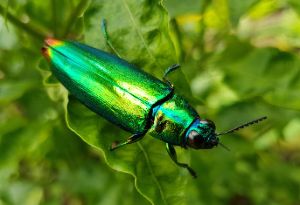
Other pollinators, such as mosquitoes, ants, bats, other birds, and mammals are important in other places of the world (especially the tropics) but not in Wyoming.
